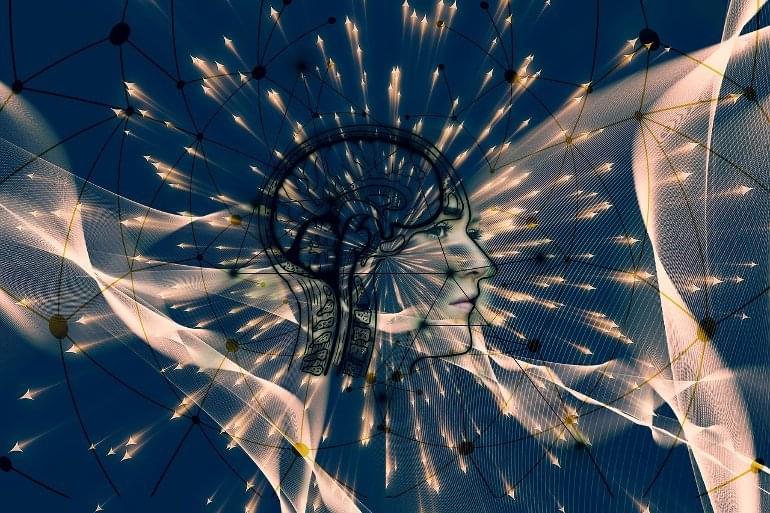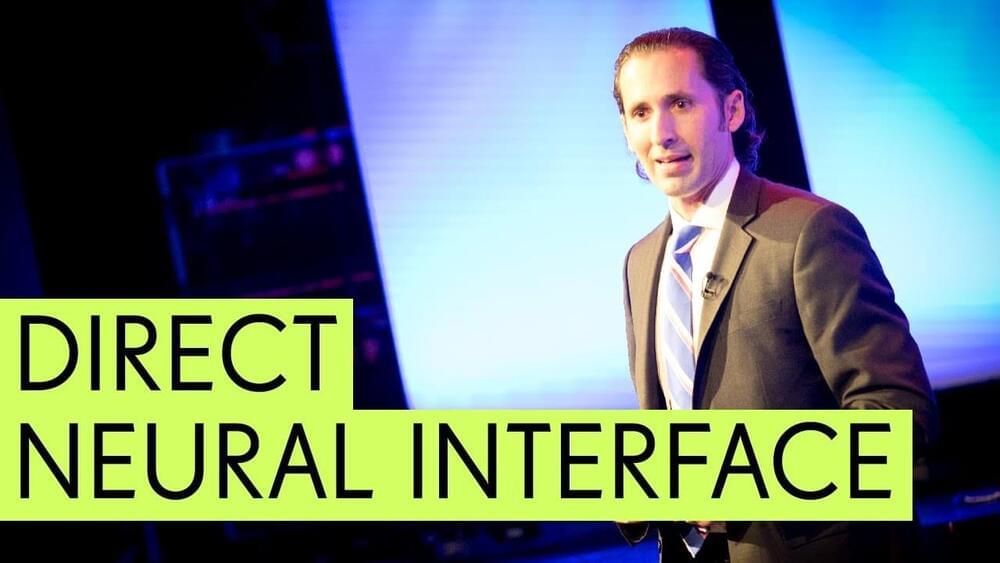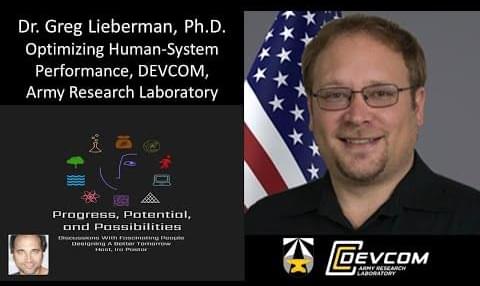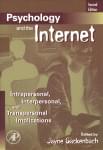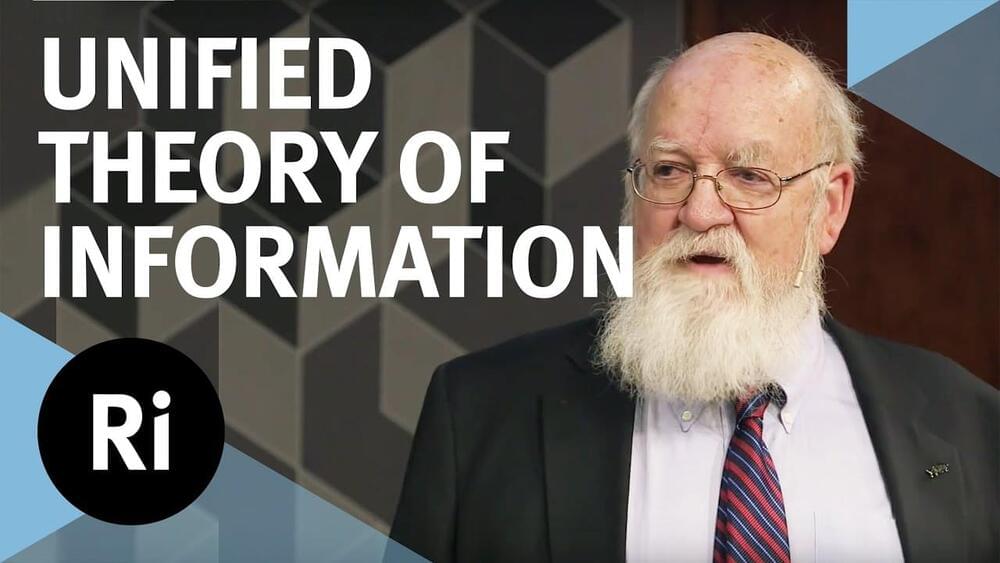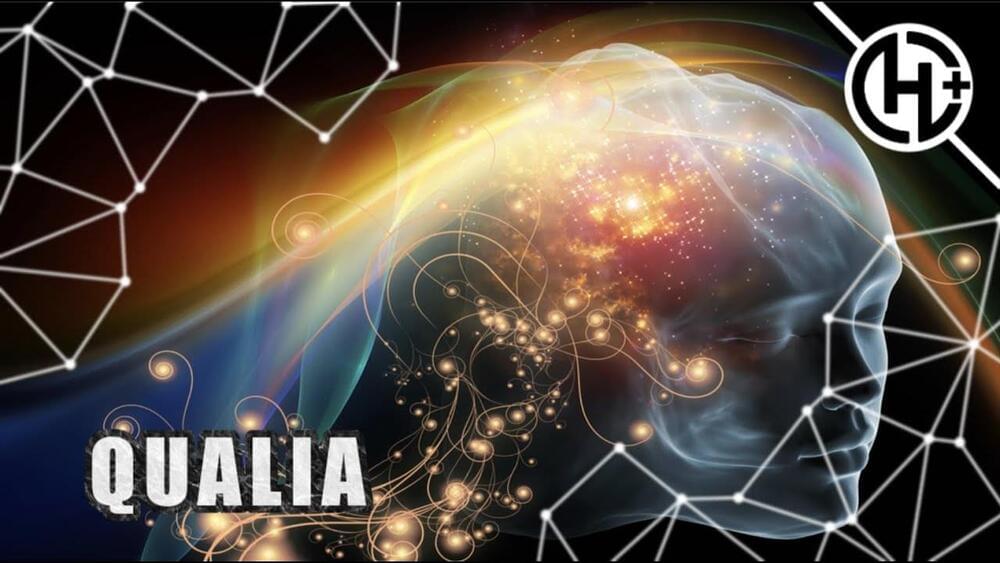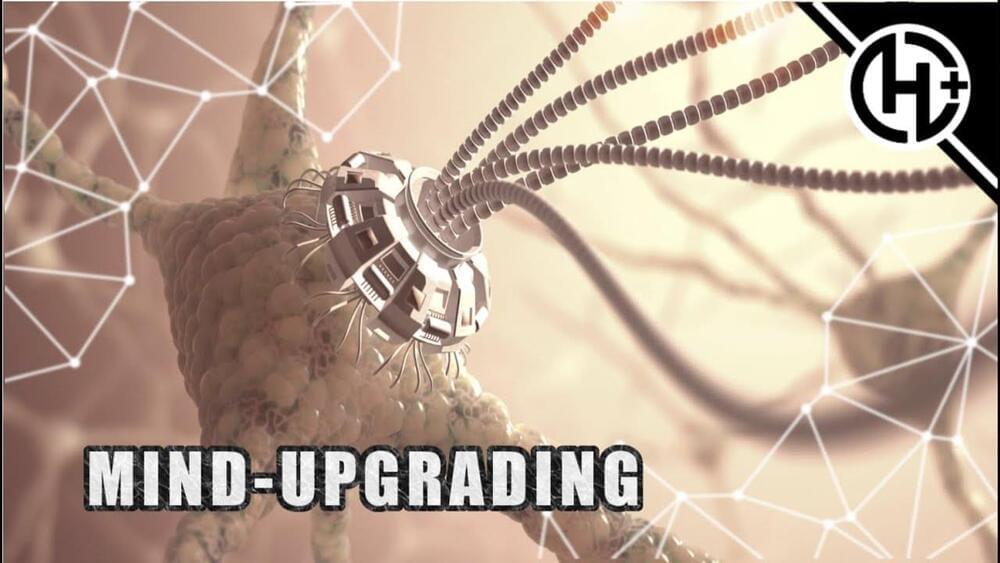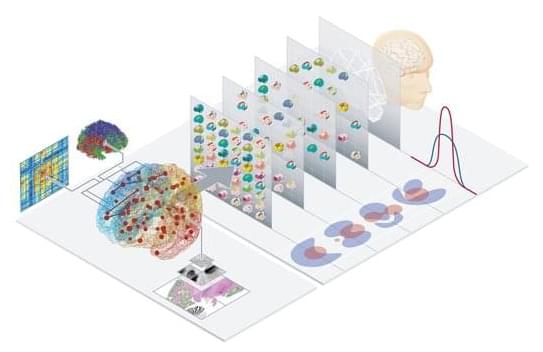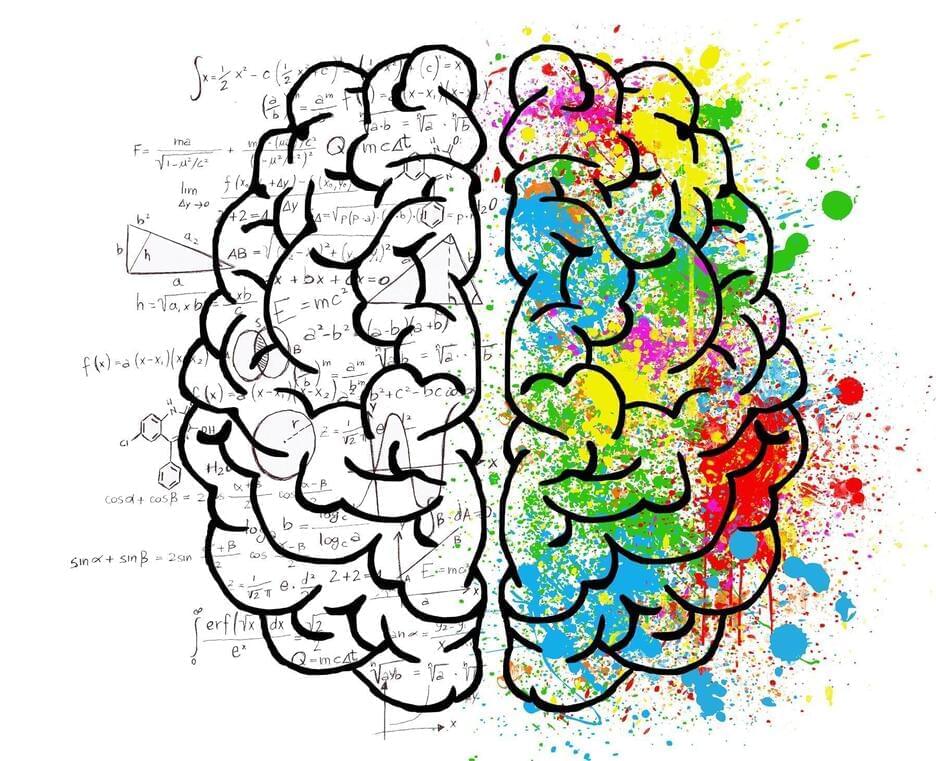
At first glance, the human body looks symmetrical: two arms, two legs, two eyes, two ears, even the nose and mouth appear to be mirrored on an imaginary axis dividing the faces of most people. And finally, the brain: it is divided into two halves that are roughly the same size, and the furrows and bulges also follow a similar pattern.
But the first impression is deceptive: the different brain regions have subtle yet functionally relevant differences between the left and right sides. The two hemispheres are specialized for different functions. Spatial attention, for example, is predominantly processed in the right hemisphere in most people, while language is largely processed in the left. This way, work can be distributed more effectively to both halves and thus the range of tasks is expanded overall.
But this so-called lateralization, the tendency for brain regions to process certain functions more in the left or right hemisphere, varies from person to person. And not only in the minority whose brains are specialized mirror-inverted compared to the majority. Even people with classically arranged brains differ in how pronounced their asymmetry is.
